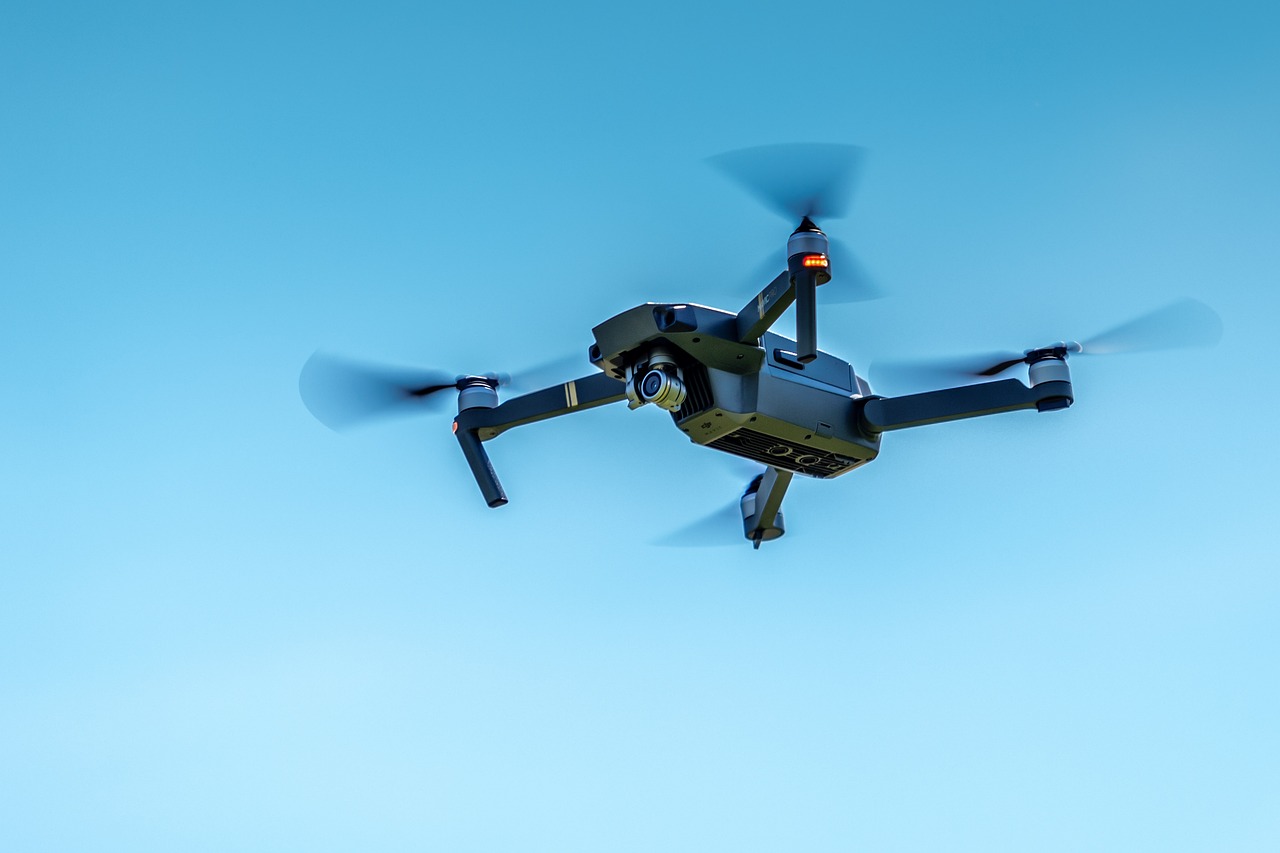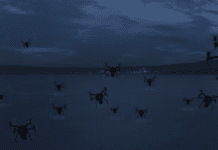This post is also available in:
 עברית (Hebrew)
עברית (Hebrew)
New fiber-optic drone technology was recently seen in Russia, representing a significant advancement in countering electronic warfare tactics, which have recently hampered Russian operations on the battlefield. As Ukraine’s electronic warfare has successfully disrupted Russian communications and targeting systems, particularly in the Kursk region, Russia has responded by developing a drone that employs fiber optics to bypass radio jamming.
Reportedly known as the “Prince Vandal of Novgorod,” this new drone was developed by the Ushkuynik Scientific and Production Center. Unlike traditional drones that rely on radio frequencies susceptible to interference, the Prince Vandal uses a fiber-optic cable to control and guide its operations. This method ensures high accuracy and resilience against electronic warfare tactics and can strike targets with precision while remaining unaffected by electronic countermeasures.
Ukraine had captured a prototype of a similar fiber-optic drone earlier in the year, and it appears that other nations, including Germany, are exploring similar technologies. German company HIGHCAT is demonstrating its HMX fiber-optic drone in Ukraine this month, according to Forbes.
The new Russian FPV kamikaze drones operate similarly to wire-guided missiles, like the TOW system. They transmit high-resolution video signals through fiber optics rather than relying on radio frequencies, making them less vulnerable to electronic attacks designed to disrupt traditional drone communications.
However, the use of fiber optics in drones does come with challenges. The physical wire limits the operational range of the drones and poses risks of tangling or damage in certain environments. Additionally, the requirement for operators to maintain a direct line of sight to the fiber-optic cable can pose risks, especially in combat situations.
In the broader market, companies like Singapore-based Skywalker Technology are offering fiber-optic drone controllers, with products that include both kamikaze and reconnaissance drones. These systems might have the disadvantage of heavy weight due to the fiber-optic cables, but they provide a promising solution for operations where electronic warfare is a significant threat.
Overall, the development of fiber-optic drones represents a new frontier in military technology, offering enhanced resilience against electronic disruptions and expanding the capabilities of modern warfare.

























